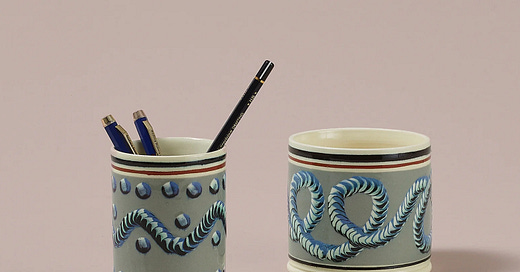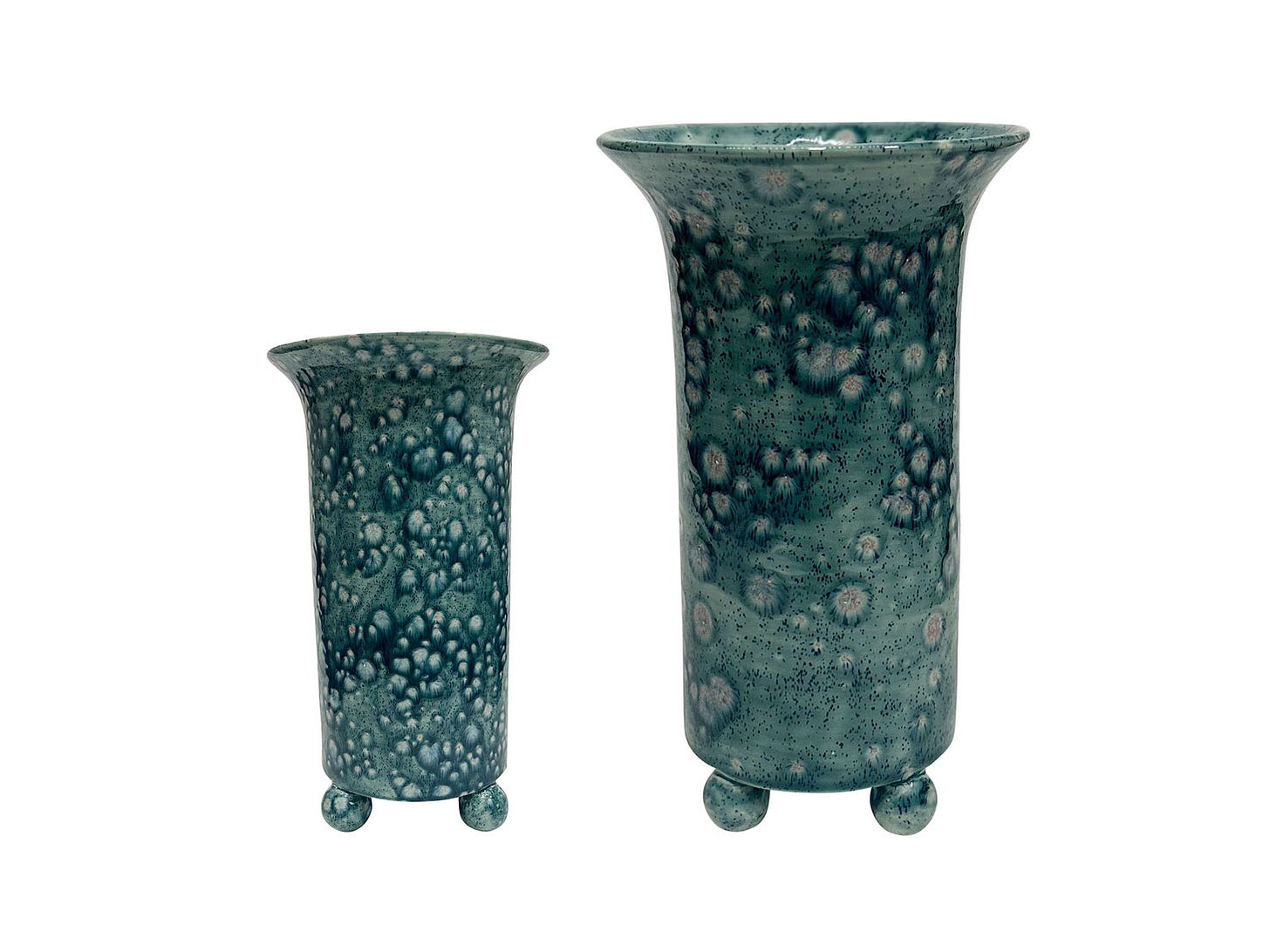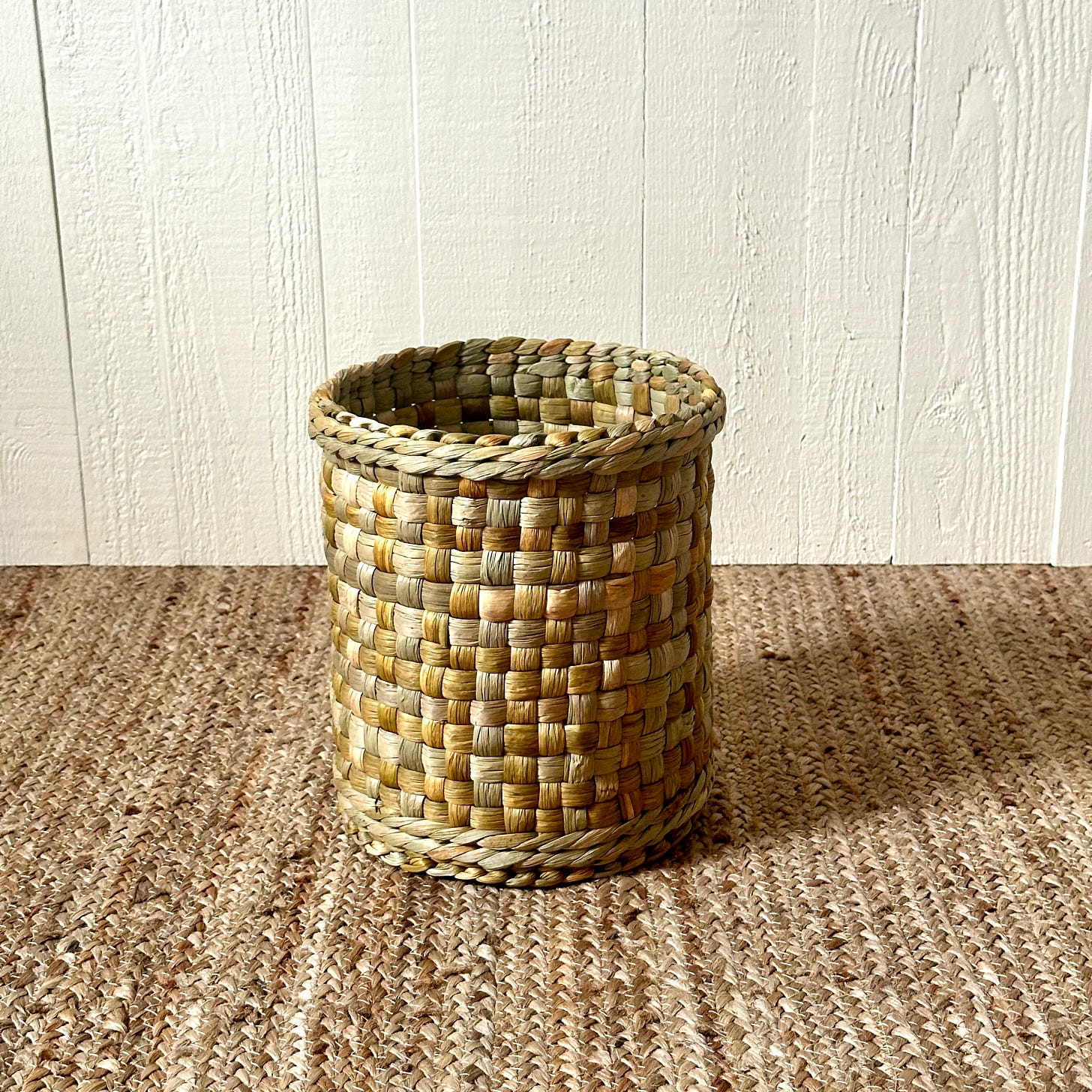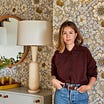The Essential List 22. Sarah Lederman’s Finishing Touches
The New York City-based interior designer shares a favorite vase, stylish desk accessories, her go-to source for trays, and tips on the most worthwhile interior investments.
I had planned to send out this newsletter sooner, but it didn’t feel right in the midst of the fires in Los Angeles. I am so heartbroken for everyone there and beyond who have lost their home, community, or been affected in any way by this tragedy. Since starting this newsletter, I think often about what things are “essential”, and what that even means, but in times like this I think it becomes a bigger question than ever.
Today I’m excited to feature
, a New York City-based interior designer. As we settle into the slower pace of the new year after the holiday rush, many of us are spending more time indoors. And if you're like me, you might be looking for small ways to refresh your home during these quieter months.Sourcing and shopping are a big part of an interior designer’s job, and Sarah has a talent for discovering unique and timeless pieces, so I was excited when she agreed to share some of her favorite finishing touches for client projects (and her own spaces). These new-to-me retailers are filled with other fun treasures, too.
First, Sarah shares her favorite home accessories – the pieces that help put the finishing touch on a room or project. Then, I share our Q&A about her short stint in the fashion world, how COVID proved a food time to set out on her own, and tips on what is worth investing in when designing an interior space.
KRB Ball Foot Vase Every home needs a substantially sized vase that’s interesting and sculptural enough to look at when it’s empty — as a stand alone objet — but also can hold a lovely arrangement when placed on a coffee table, in the center of the dining table, in the entry etc. I love this one by Nicholas Newcomb for KRB and have purchased it in multiple colors and sizes for clients.
Nickey Kehoe Cherry Wood 17" Bowl I find that clients often don’t know how to “style” their kitchen, because really it's one of the places where function trumps form, but then I always hear that they feel bare when all of the tools get put away. You can’t go wrong with a large wood bowl, which can be used to display a large bowl of citrus (or really anything) and looks great atop a stack of cookbooks.
Heritage Rush Wastepaper Basket Why should wastebins be unattractive? I love this woven rush one which would add a textural, natural element to any room you’d place it in.
The Lacquer Company Jacques Tray No project is complete without a tray and I always find the best ones from The Lacquer Company. They come in a ton of colors, sizes, and styles and are like jewelry for the room! I keep trays around my apartment for corralling kid chaos, remote controls, mail in the front hall, etc.
Duck Egg Mochaware Ceramic Pen Pot I feel like home offices and desks often get neglected, but there are so many stylish, functional desk accessories out there. I did a real deep dive on this category when I was finishing up my office and these mochaware pen cups from British stationery store Choosing Keeping1 are one of my favorite finds.
Svenskt Tenn Candle Holder Pillar Candlesticks give height, dimension, and an element of coziness to any tablescape. A must for dinner party ambiance and these look great left out all the time. The green leather wrapping makes them a bit more unique, which I always like.
Sarah’s work has been featured in Domino, House Beautiful, and Luxe Magazine, among others, and she was recently recognized in Luxe Magazine’s inaugural “Next in Design” list.
Tell me about your background — how did you find your way into interior design?
After college, like many people, I didn’t really know what to do with my life. I did a short stint in fashion and quickly realized it wasn’t my world — these weren’t my people, and it was super stressful. But I still wanted to do something creative. My family always suggested trying interior design, but the whole idea felt overwhelming because I was starting from zero.
I went back to the New York School of Interior Design, took some drafting classes, learned AutoCAD, and ended up getting an internship with Bunny Williams. I worked there for about a year, and while interning, I got hired full-time by another big designer, Tom Scheerer. I ended up working there for about seven years — which, in interior design years, feels like a hundred! I really loved working there and loved my projects.
Then I had my second child, and having a set schedule became untenable. I was traveling all the time — going to Florida for weeks at a time, even to Sweden at one point. With two small children, I needed more flexibility. By 2020, I was about to have my second child, and COVID hit. I left my job and thought, “Am I crazy? Why am I leaving my job at the start of a global pandemic?”
But as many interior designers saw, it was actually a crazy time for the industry — there was no shortage of projects. Everyone was home and wanted to improve their spaces. I got inundated with requests, and that momentum has carried me through the last four years. I started during a time when so many people were looking for interior designers, and it’s really been a word-of-mouth business ever since.
The majority of my business is in the city. I also have projects Upstate, in Boston, and in Maine — but the core of my business is definitely in the city.
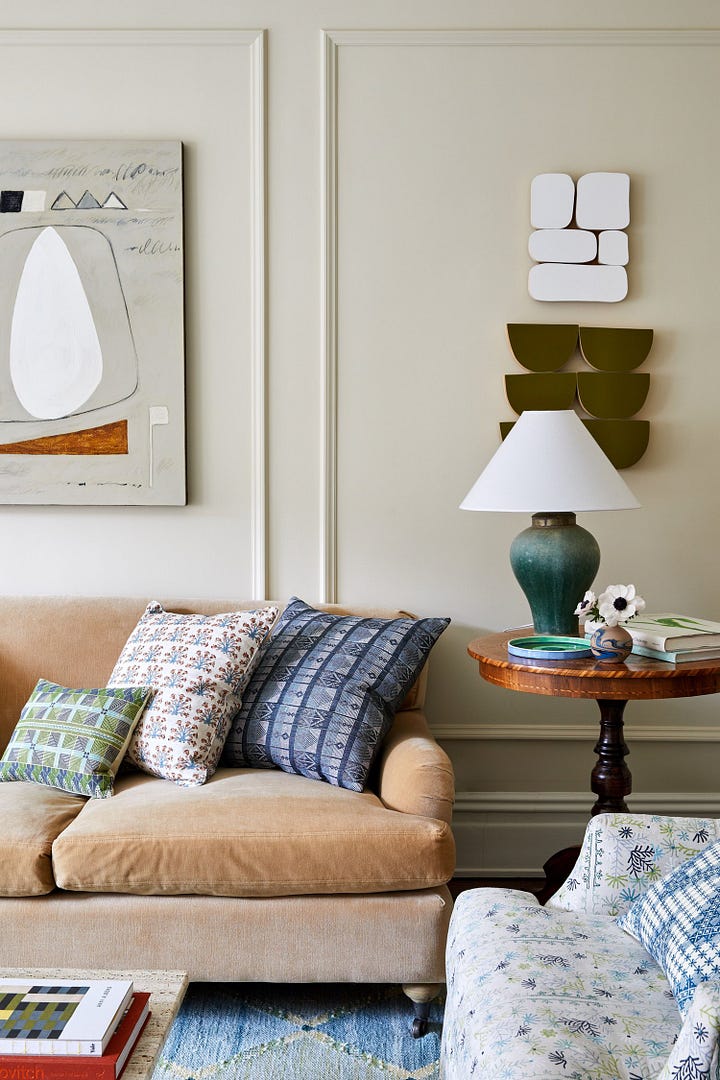
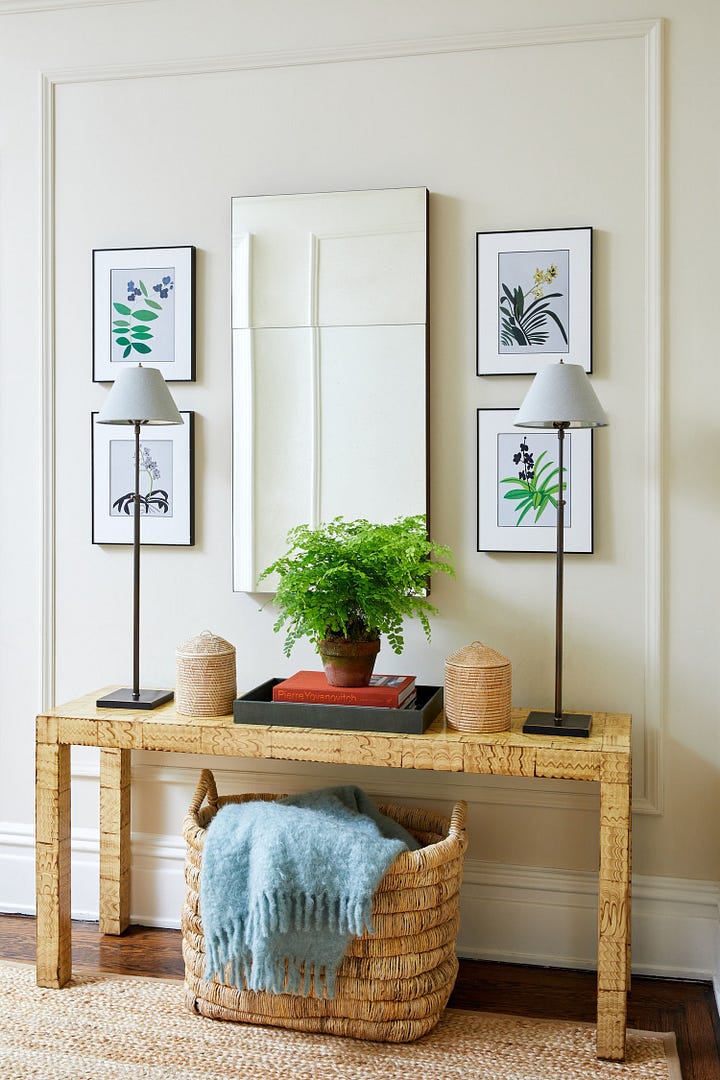

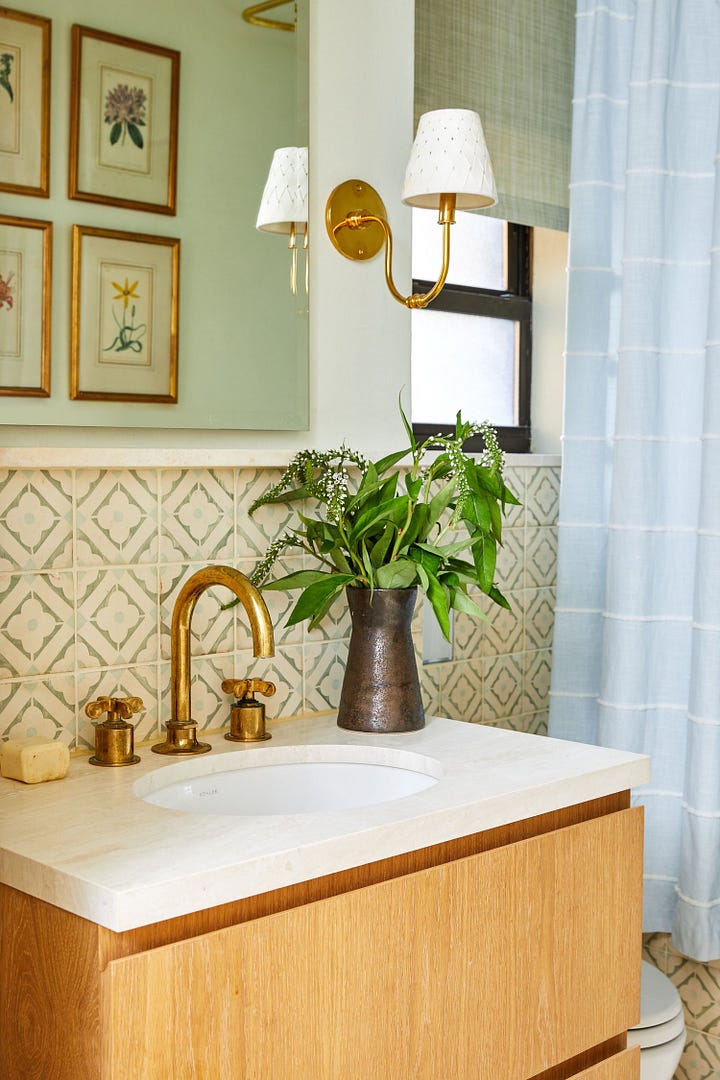
Once you’ve aligned on the overall concept with a client, where do you begin? What does your process look like when pulling everything together — do you draw from a library of favorite pieces and ideas, or is each project a fresh start?
I really try to have a conversation with my clients before presenting a design scheme to understand how they want to live in the space. If they’ve seen things they like, I figure out how to translate those into a cohesive vision.
I do have my tried-and-true favorites. There’s this one light fixture from Pinch (pictured below) that’s just so beautiful — everyone loves it. I’ve used it in four projects, and because it’s so neutral, it never feels like I’m repeating myself. It’s more like, “Why reinvent the wheel when something works?”
For example, I’m in my bedroom right now, and I have a Noguchi pendant that I’ve used in several different settings. It’s one of those perfect design objects I’ll never stray from. So it’s really a mix — I’m always looking at the market for new pieces, but I also have my roster of go-to items that work in a variety of contexts.
When you pull from classic resources, it doesn’t feel like copying — it feels more like paying homage. From there, I try to put my own personal spin on it.
In terms of process, I offer a white-glove experience. My clients sign off on a very specific design — I show them mood boards, floor plans, and a proposal with every single item listed, including pictures, dimensions, and prices. I want to make sure there are no surprises.
Once the design is approved, I take it from there. I handle all the backend stuff: if something shows up damaged, I deal with it. I send items to the receiver, make sure they arrive, and install everything properly. At that point, it’s like, “See you on installation day!”
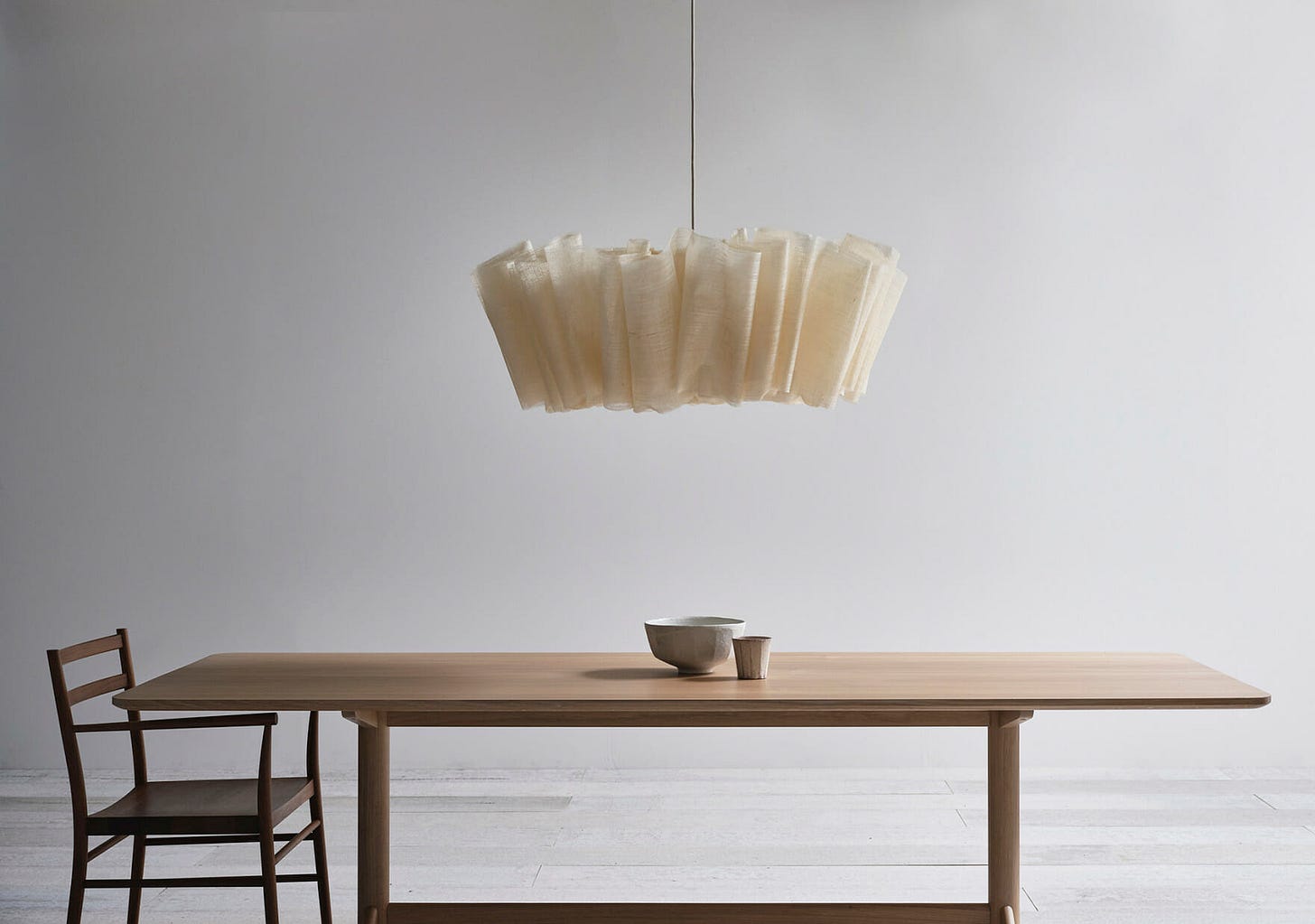
Social media and algorithms can make so much of design look the same. Where do you turn for fresh inspiration and new ideas?
I like to read magazines that are a bit off the beaten path. World of Interiors is a favorite — they’ll feature something like a villa in Italy decorated 50 years ago, which feels rich and timeless. I also look at a lot of design magazines and classic design books by icons like Billy Baldwin and Frances Elkins.
When you pull from classic resources, it doesn’t feel like copying — it feels more like paying homage. From there, I try to put my own personal spin on it.
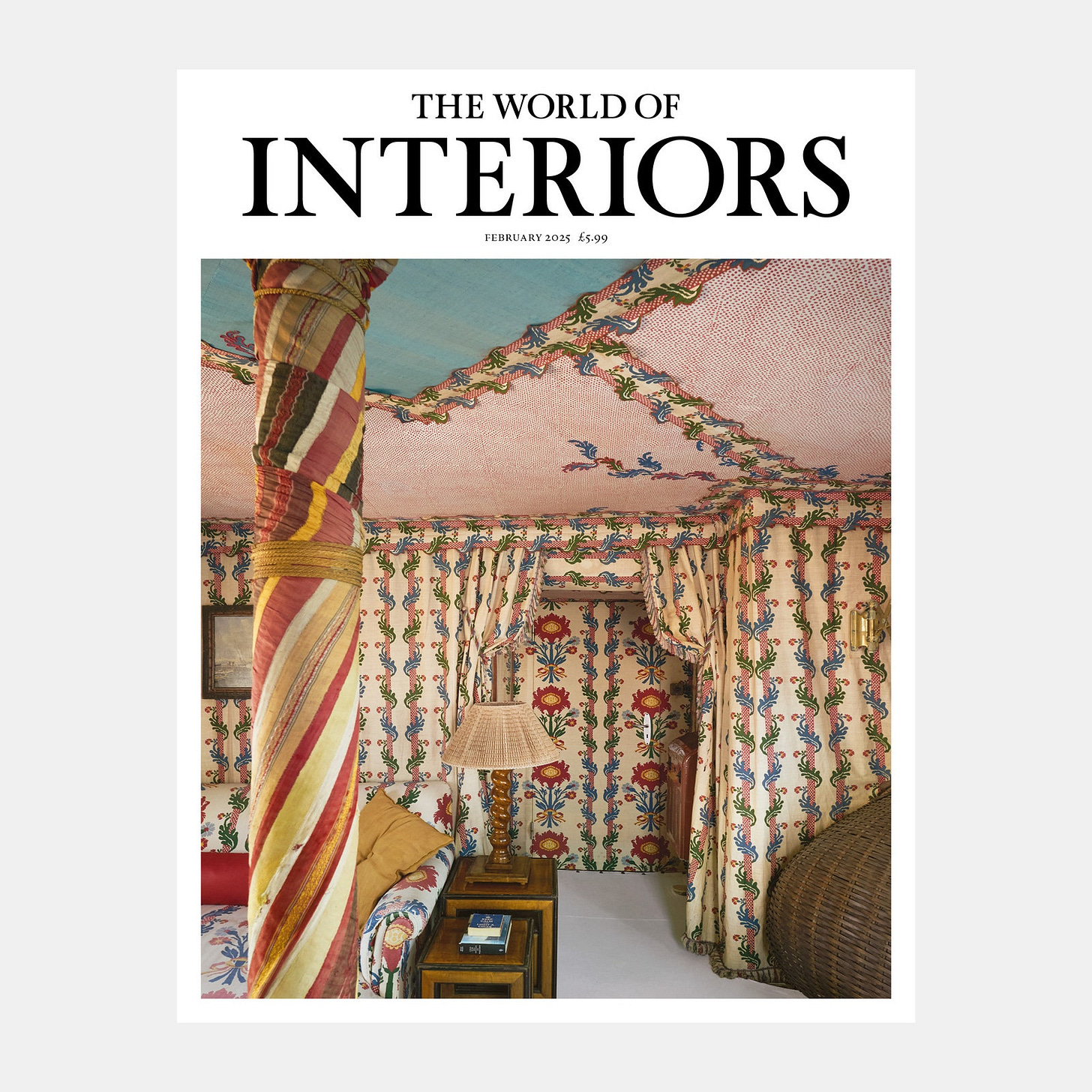
When designing an interior space, where do you think it’s most worthwhile to invest in quality pieces?
I think it really depends on the client, but I typically suggest not spending a lot on kids' rooms. They’ll likely want something totally different in five to ten years, so that’s an area where I say, “Let’s get the beds from West Elm and skip a custom rug,” especially since kids might be coloring with markers in there.
If you’re doing a renovation, it’s smart to put money into things that feel more permanent, like plumbing and lighting. Nice lighting, in particular, makes a huge difference.
It also comes down to what’s important to the client. Some people really want custom upholstery, while others don’t care as much. In that case, I might recommend an affordable sofa from Maiden Home [Ed. note: I have The Dune Sofa from Maiden Home and I’m obsessed with it.] but suggest custom-upholstered chairs to create balance and avoid a cookie-cutter look.
For dining rooms, I advise against splurging on a rug since it could get food spills. Instead, I’d suggest investing more in a living room rug where it can anchor the space and last longer. If you’re doing a renovation, it’s smart to put money into things that feel more permanent, like plumbing and lighting. Nice lighting, in particular, makes a huge difference.
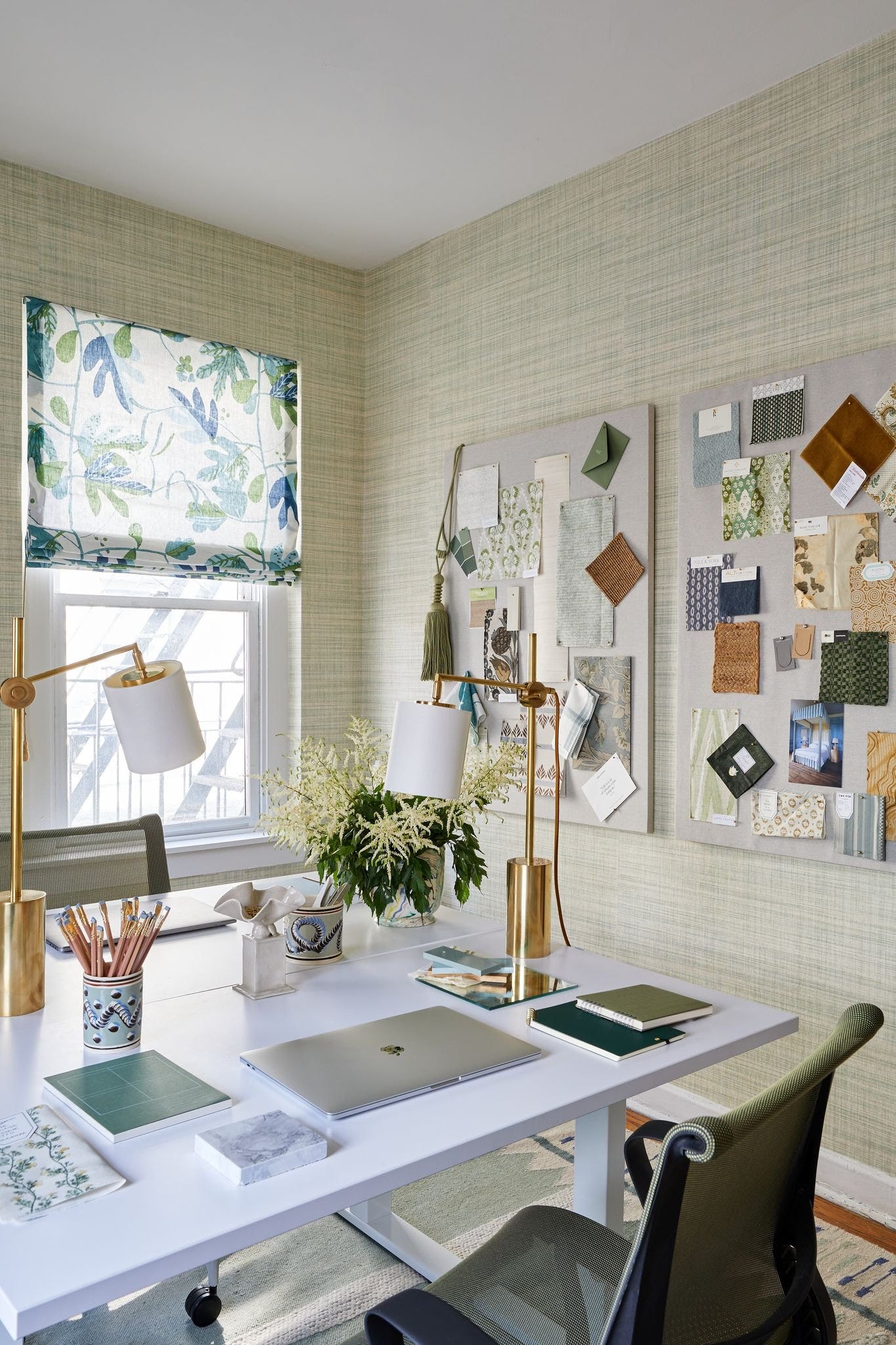
Is there a design concept you’re particularly excited about right now — something a client went for or an idea you’d love to see executed?
I can’t think of anything on a large scale, but I just installed a traditional hooked rug in a client’s bedroom that I’d been wanting to use for years. These rugs have a crazy long lead time and aren’t the most inexpensive, so it took a while to find the right project.
They’re replicas of early American designs, but some vendors have modernized them in a way that feels really special and unique. Seeing it finally installed was so exciting.
You can get them through Patterson Flynn. This one happened to be made by Beauvais — both are to-the-trade2 showrooms.
What’s the last thing you bought that you feel really good about, and how did you discover it?
I just got back from Mexico, so I’ll keep this vacation-themed. For years, I resisted spending a lot on a bathing suit, but I finally splurged on one from Eres — and I’m sold. Every summer, I used to buy cheaper suits that would be tattered and destroyed by the season’s end, so I’d have to throw them away.
With the Eres suit, it still looks brand new every time I wash it. It’s more flattering, more comfortable, and hasn’t stretched out or pilled, even after trips to the beach. It feels like it’ll last forever, so now I only need a few — no more replacing swimsuits every year. I’m totally converted.
It’s an investment piece, and I struggled with the price at first because it’s a bathing suit — not something you wear year-round. But at the beach, the last thing you want is to feel uncomfortable in what you’re wearing, especially if you’re already feeling self-conscious. This suit has been such a confidence booster and a long-lasting investment.
Thank you, Sarah! Your spaces are so inspiring and I look forward to following along for more of your finds!
Subscribe to
and follow @sarahledermaninteriors for more from Sarah.Let us know if you have any questions for Sarah in the comments. If you have your own favorite home accessories, I’d love to hear it!
The Essential List is paywall-free and available to everyone. You can support this newsletter by liking this post, leaving a comment and sharing it with anyone who you think would enjoy it. Thanks for being here!
I was just in London and had a chance to visit this shop — these pots are so gorgeous in person and the shop is full of fun finds.
This means that the showroom does not operate like a retail store. Instead, they sell their furniture, fabrics and materials exclusively through interior designers.


